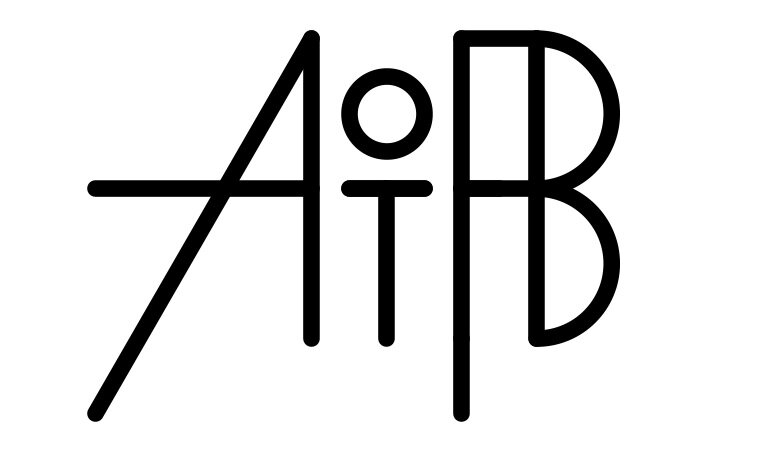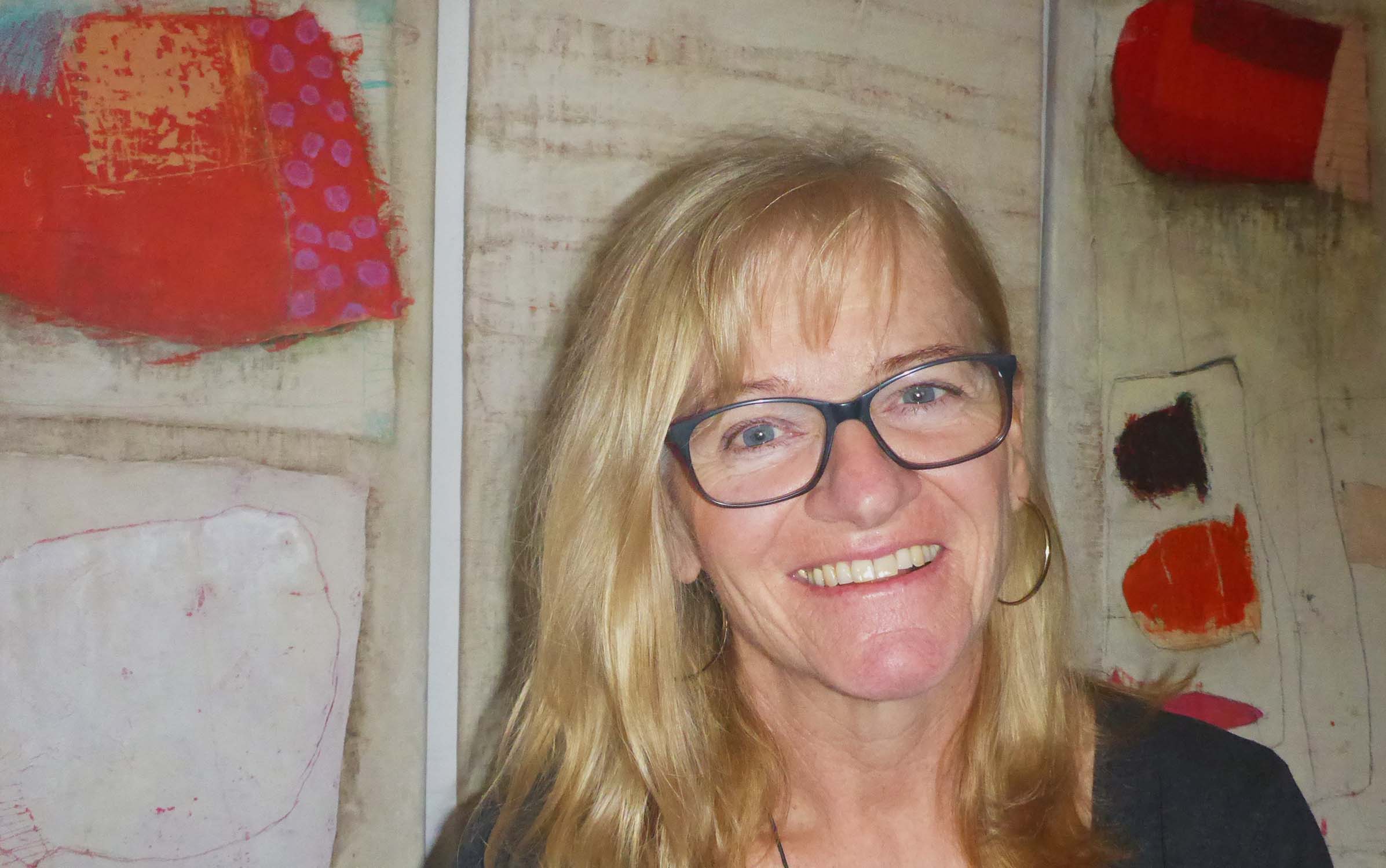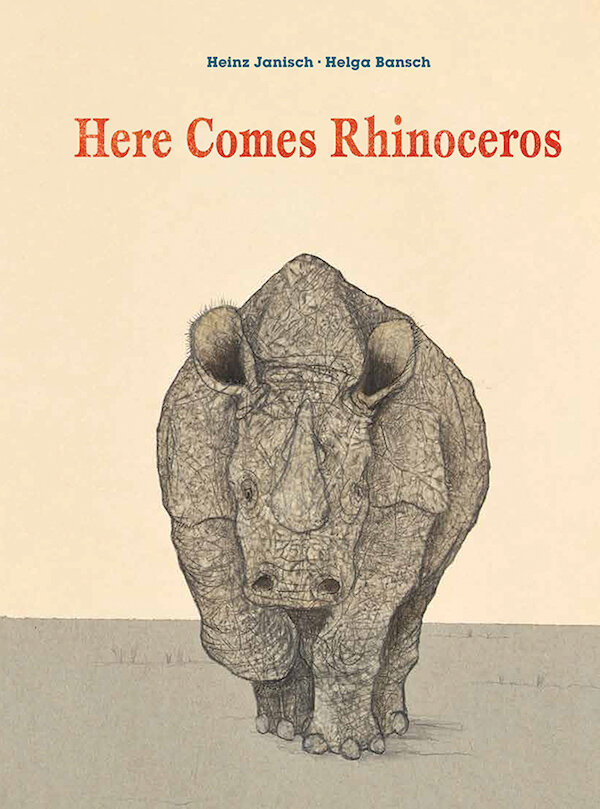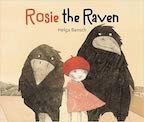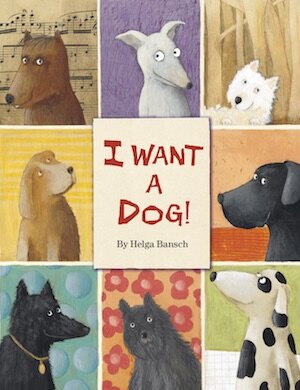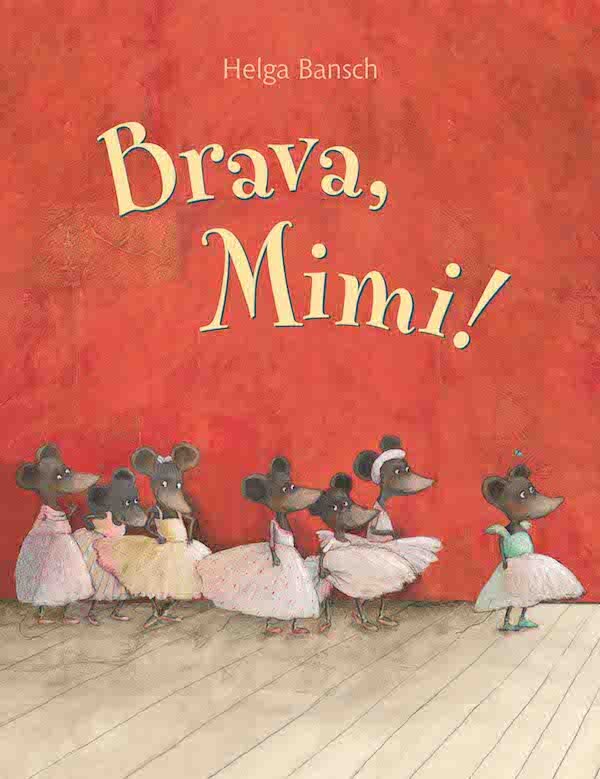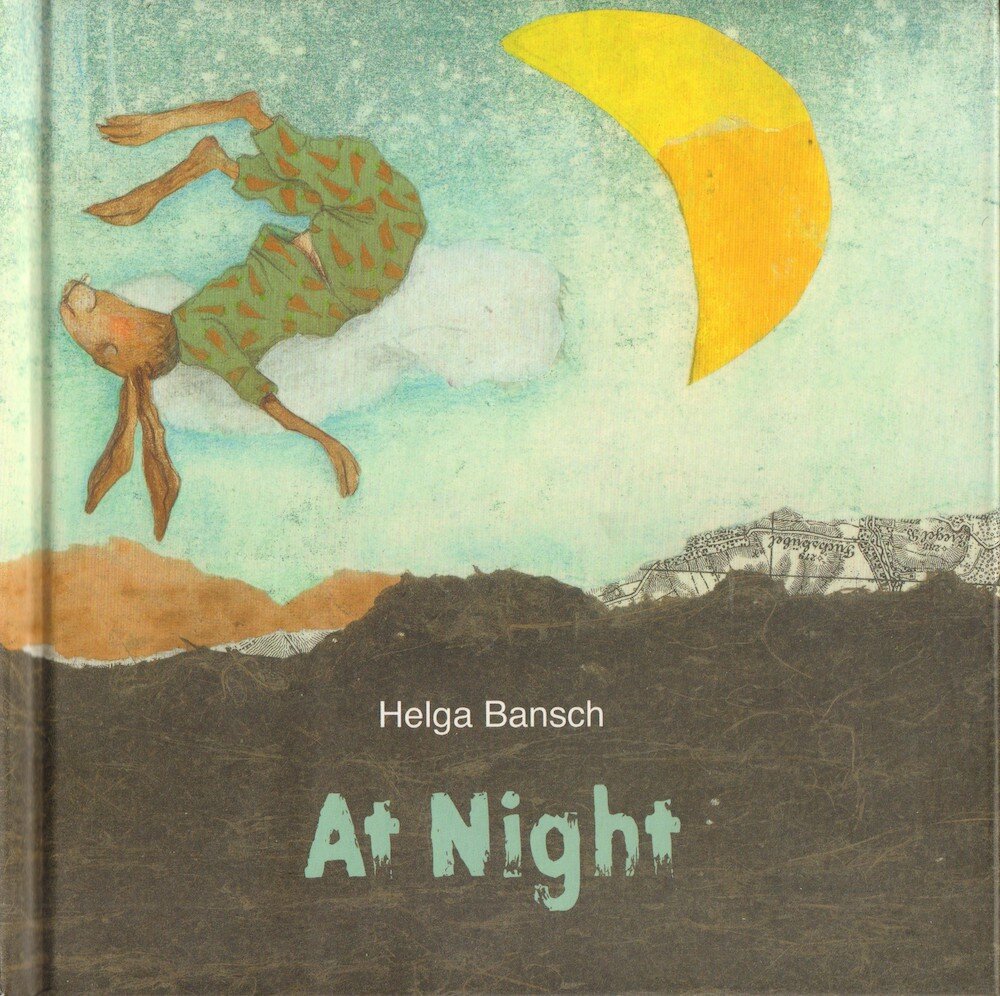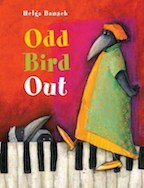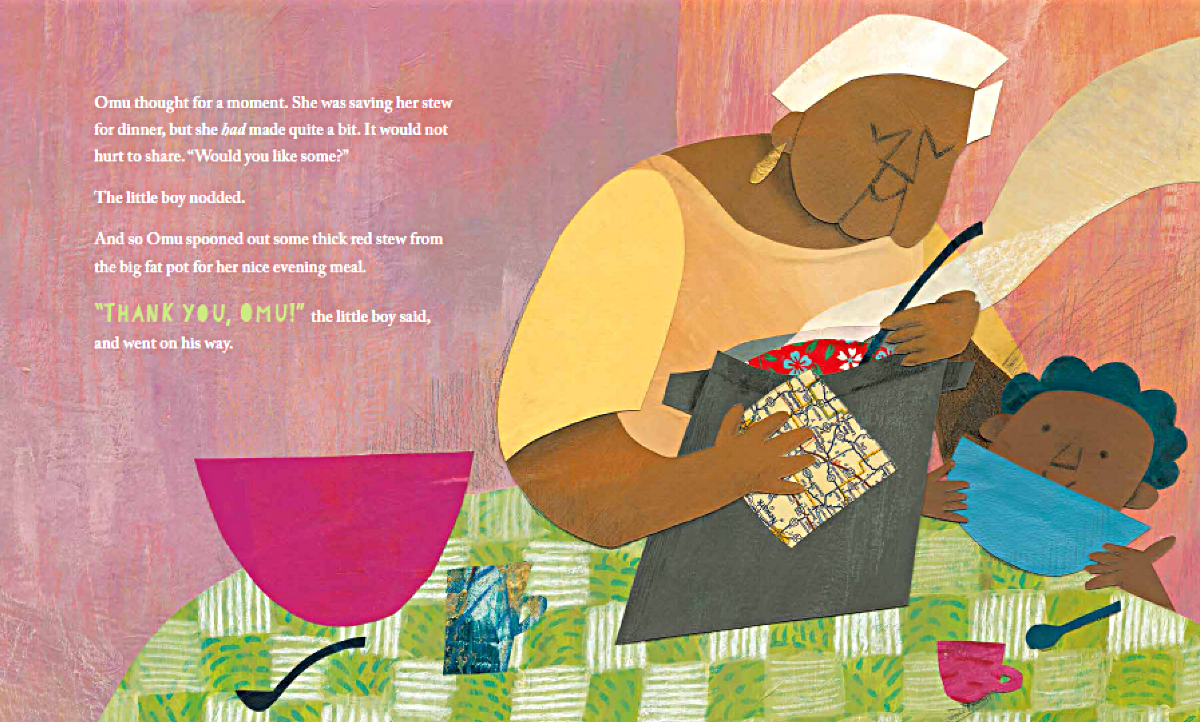An Interview with Helga Bansch
We interviewed Helga Bansch, award-winning children’s book illustrator and author. Her latest book is Here Comes Rhinoceros. Bansch developed her natural love of art during her twenty-five years teaching elementary age children. Though she is a full-time artist and writer now, she also still conducts children’s workshops. She has been recognized for her work many times, including the Children’s Book Prize for Vienna, awarded to her from 2011 through 2013. She lives and works in Vienna, Austria.
A Selection of Work
March 6, 2019
You have illustrated your own texts, as well as manuscripts written by other authors. Do you have a preference?
It’s great when a text makes immediately clear pictures in my head. In this case the illustration is easy and much fun, no matter if it is my text or the text of another author. The advantage of having my own story is, I have already dealt with and worked with the topic, the main character and the mood when writing. I'm already invested when I start illustrating. But even with my own texts, it happens that I reject my illustration ideas several times and start over and over again, change the technique or the look of the characters until I find the style that satisfies me.
Are there special challenges you face when illustrating someone else’s text?
Every author has his special view of things, his particular humor or his poetic idiom. The challenge is to interpret the text of the author but also to complement it with my own stories or side characters and to show my own personal points of view. The text brings me into a certain kind of mood, which influences my illustrations. This mood is crucial for the technique and what color I am going to choose.
Cover of Here Comes Rhinoceros, by Heinz Janisch, illustration by Helga Bansch
Preliminary art for illustration in Here Comes Rhinoceros, Helga Bansch
Preliminary exploration for illustration in Here Comes Rhinoceros, Helga Bansch
Final illustration in Here Comes Rhinoceros, Helga Bansch
Your latest book, Here Comes Rhinoceros, was written by Heinz Janisch. Can you describe how your longtime collaboration with this author began?
A friend showed Heinz Janisch my portfolio. He liked the pictures and sent me his text, Zack Bumm!, with the question: "Do you feel like drawing something?" Of course I wanted to, the text was great! We presented our project to the Jungbrunnen Verlag. It was accepted and became one of our most successful books.
In the meantime we have published 17 books together with Jungbrunnen. I am currently illustrating another book with Heinz Janisch. I like his texts. They are concise, poetic and give me a lot of space for my illustrations.
Cover of I Want a Dog!, Helga Bansch
Interior spread from I Want a Dog!, Helga Bansch
As your picture book career develops, do you plan to write and illustrate more of your own work?
It is quite possible that there will emerge a few more books, because it is still fun — and if I have ideas with my own texts.
Bansch at work in Vienna
In what way do you use your silk and architectural papers? Are they used as part of your collages?
When I decide to illustrate with collage technique, I start making monotypes on architectural paper with oil color. I hang up the sheets like laundry in my studio. The paper needs about two weeks to dry.
I love this delicate, transparent paper. Sometimes I use it as background but also for coloring the figures.
Cover from Odd Bird Out, Helga Bansch
When making the choice to illustrate a character as a human or an animal, what factors do you consider? Are there clues within the text that lead you to a decision?
Whenever possible, I prefer animals as protagonists. They just leave me more options to express myself.
Once an author gave me a text and told me: “It’s the story of a boy that feels at home wherever his father is.” This was not clear in the text. I decided to present a fat hen that feels at home wherever an ugly rat is. At first the author was quite surprised and irritated. But in the end he was convinced.
I don’t like to choose the obvious. It’s good to think about other options and possibilities of presentation. To find another unusual point of view is important to me.
Interior spread from Odd Bird Out, Helga Bansch
We have read that you prefer short texts that don’t directly spell out what is to be illustrated, leaving you room for your own artistic interpretation. Can you describe a specific example of this within one of the books you’ve illustrated?
I want to give you two examples: On page 2 of the book Here Comes Rhinoceros, the text reads:
Rhinoceros walks on.
The ground trembles,
but the breeze is calm.
Illustration from interior spread in Here Comes Rhinoceros, by Heinz Janisch, illustration by Helga Bansch
Cover from At Night, Helen Bansch
And in At Night, a turn-around book, you can find only one short sentence on each page.
Example: “At night, the elephant lies in the tall grass.”
Illustration from interior spread in At Night, Helga Bansch
And then “The polar bear snores in the doghouse.”
Illustration from interior spread in At Night, Helga Bansch
These short sentences give me many possibilities to illustrate. I am feeling free to think about how I am going to do the illustrations and what kind of story I want to tell with them. That’s a pleasure.
You approach each double-page spread in a unique way, often changing the perspective. We appreciate the graphic nature of this approach with your use of white space and varying perspectives (seen from above, for example). What drives your sense for designing the pages in this manner?
It is important to me to never be boring. The viewer should be surprised, delighted, irritated, amused or puzzled on every page. At least I want to design the pages in a way they want to risk a second or third look. Their eyes should be eager to explore and understand everything. Each page should invite them to stay and make them curious about the text. I like to show persons, things or animals not in the whole, but only parts of them, so they have to complete them in their mind. Nevertheless, I must not lose the oversight and the mood of the story. That‘s a challenge. Therefore I’m always doing a storyboard.
Storyboard sketches from The Bridge, Helga Bansch
Cover from The Bridge, by Heinz Janisch, illustration by Helga Bansch
Illustration from The Bridge, Helga Bansch
Preliminary sketch from The Bridge, Helga Bansch
Final illustration from The Bridge, Helga Bansch
You have a background in puppet-making. Do you still put on puppet shows for children as part of your school visits? What does this background bring to your illustration work?
Making picture books means also reading for children in libraries, school classes or kindergarten. Working with children is a challenge. They are a demanding audience.
Bansch at a school visit with her raven puppets
After making the book Rosie the Raven, I produced the ravens out of socks, the little girl out of an old dress and the nest, where the little ones were born, out of branches. I asked my daughter, a musician, to compose songs to the story. Reading the book and showing it with puppets accompanied by music is a kind of theater sideshow. The children love it. I enjoy that a lot.
Cover from Rosie the Raven, Helga Bansch
Illustration from interior spread in Rosie the Raven, Helga Bansch
Honoring your audience’s age level is a special aspect of how you approach your work. How do you add in the other layers that are understood only by the adult readers? Is there an example in your recent work that you can describe?
My book Attention Weasel! is a story about a group of animals, living by a lake and singing in a choir every evening. When a weasel appears, (they never saw one before), the animals are scared and don’t want him. But finally they realize, that the new one can whistle, a big thing and enrichment for a choir. The political message in this book for adults is clear. Everybody is asking himself: What is my attitude towards immigrants and refugees?
Cover from Attention Weasel!, Helga Bansch
Illustration from interior spread in Attention Weasel!, Helga Bansch
Feelings portrayed in the facial expressions of your characters are important to you. How do you achieve that level of feeling within your work?
I often notice, how long and intensively children look at faces of main characters, when I read a book to them.
Children want to identify with the protagonists. Faces are significant to them. The eyes and the mouth tell everything!
Another important thing in making books for children is to create feelings. When you are emotionally involved in a story, you are interested and impressed. The possibilities for me to express feelings are to show them in the faces and to select the right color.
Cover of Everything Is Good Again at the North Pole, Helga Bansch
You have said that you like to “hide something” within your work. Can you explain that and give an example?
In Everything Is Good Again at the North Pole a sick boy makes, in fever dreams, a fantasy trip with his father.
When you read this book only once, you will miss many details: If you look more closely, you find out that the mother accompanies them during the whole trip (the pattern of her dress can be seen on every page). At the end, when the boy is well again, you can discover in his room all the things that he saw during his journey. The boy was inspired by his toys, books, pictures, stuffed animals and posters.
Illustration from interior spread in Everything Is Good Again at the North Pole, Helga Bansch
Bansch at work in her studio
What was a favorite illustrator and/or a book when you were growing up?
My favorite author as child was Astrid Lindgren. I loved her stories. Many years later, when I was a mother, I read them to my daughter.
I loved the illustrations of Wilhelm Busch, although they are not specially made for children. Maybe that's the reason why I don’t want the strict distinction between children’s books and adult books. I like it when reading a picture book to a child, I also have fun, when I find a philosophical idea in the story and a gorgeous artful illustration.
Many thanks to you, Helga, for sharing your work and your process with us.
For more on Helga Bansch:
All illustrations used with permission from Helga Bansch and Fitzhenry & Whiteside and Gecko Press.

